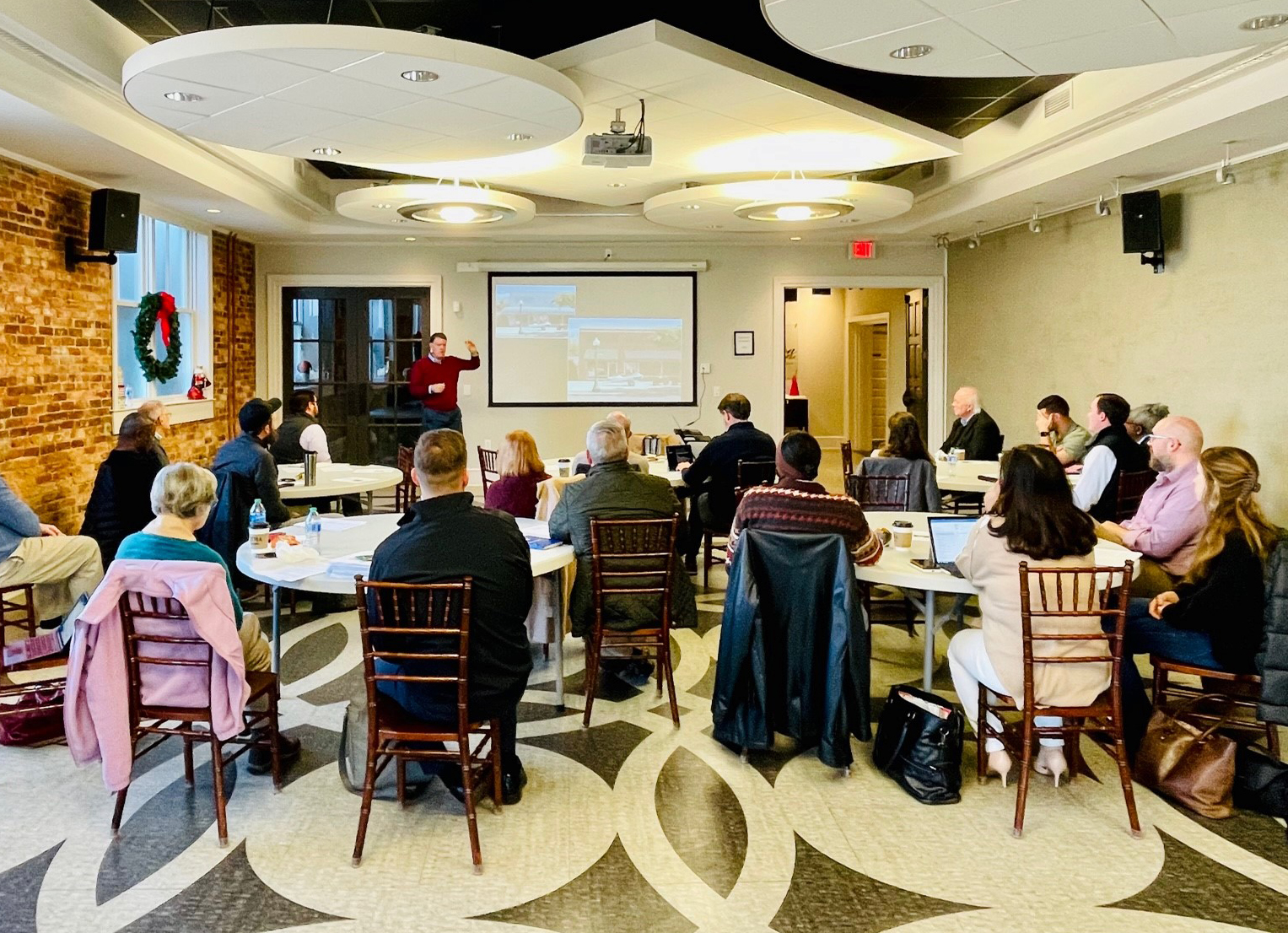Some cities and towns choose to establish planning boards known as design review boards or architectural review boards, and when they do, those board members have an important responsibility.
For the districts identified in the city’s zoning ordinance as having a character considered unique and desirable to be protected — this often comes in the form of specific architectural character in a downtown or historic district — the board must review construction and renovation projects according to the city’s established design guidelines, and then recommend approval or denial of the projects. It’s technical work that gets to the heart of the city’s economic development and evolving character, and it’s also work that the board needs to handle in a consistent and fair way.
Main Street South Carolina, the Municipal Association’s downtown development technical assistance program, recently developed a Historic Preservation Design Review Training that can help with this.
The project came out of a $10,000 grant from the South Carolina Department of Archives and History for statewide historic preservation training. In addition to several in-person training sessions around the state, Main Street SC recorded the session that took place in Georgetown to turn it into a free, on-demand, 1 hour and 40-minute training video.
The training is led by Randy Wilson, president of the Columbia-based Community Design Solutions, a firm that develops master plans for cities. A former practicing architect who provides training for Main Street SC periodically — he led a session on selecting paint schemes for historic structures in 2023 — Wilson discusses the design principles of changing or adding buildings in a historic district.

The training covers many points:
- The project’s context in the larger district — Everything from the neighboring buildings to the block and entire neighborhood informs what an appropriate scale and setbacks for the project would be.
- Emphasizing the need for human scale – This involves considering the experience of those pedestrians who walk among a district’s buildings, making a building friendly and inviting rather than overbearing and monolithic.
- The site plan – This addresses everything from appropriate setbacks to street orientation, the location of parking or open spaces, to make sure a project is an organic part of the city rather than an out-of-place development.
- The building itself – The project needs to have the right size, composition and architectural elements.
- Storefronts and upper facades – Both are important, as the storefront itself is where pedestrians are converted into potential shoppers, but their eyes are also drawn to upper facades, and both have design rules.
- Building additions – This can involve the preservation of historic elements on the building or the removal of inconsistent elements.
Wilson also covers how to conduct an effective design review board meeting, and not only in terms of guiding participants through the process, but also handling cases consistently — advocating for good design, not advocating against development altogether.
Lawsuits against review commissions, he said, will most often allege “a failure to use a consistent, repeatable process,” and so board members making motions to approve or deny should always reference the adopted design criteria when doing so.
Learn more about Main Street South Carolina and find the Historic Preservation Design Review Training.
